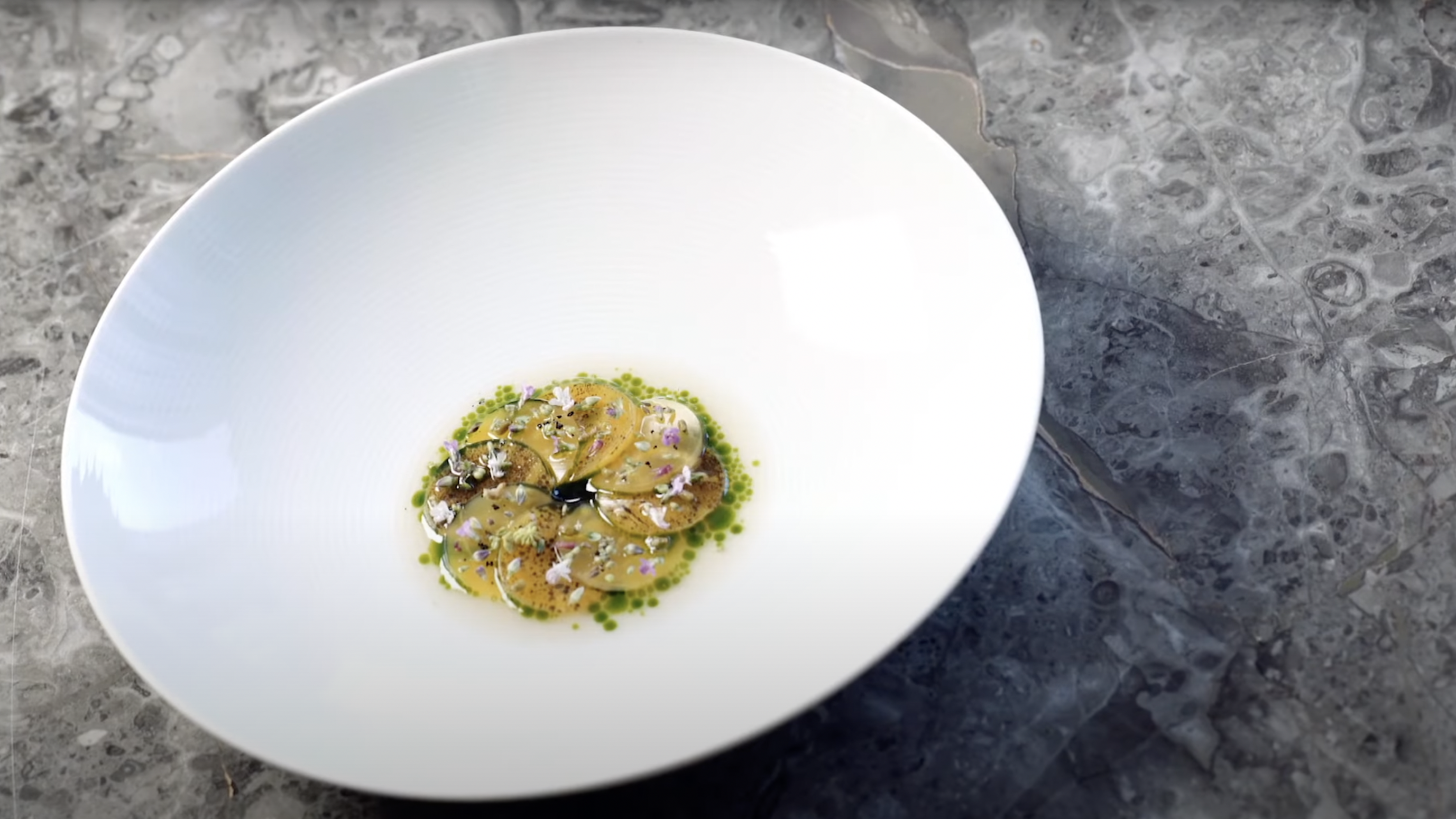What The World's Best Restaurants Mean For The Rest Of Us
The food landscape will surely pick up on these techniques to keep up with the best of the best.
Awards are not the end all, be all of accomplishments, but they do shed light on the cultural moment in which they're won. For example, I will always prominently display my first-place Zoom trivia medal as a reminder of when pub trivia went digital (and a reminder that our team beat others from across the country, not just across the neighborhood bar). And the release of the latest World's 50 Best Restaurants List is, in many ways, a reminder of where the dining scene is situated in 2022.
The release of this year's list doesn't mean that the millions of restaurants that didn't make it are complete trash—only two American spots made top 50, after all—and no establishment should feel inadequate for being left off. But we can look to these highly acclaimed spots to see where restaurant food is headed and prepare for the trends to trickle down to the rest of us, perhaps even to the fast food chains.
Meatless meals
While we might associate high-end dining with gorgeous cuts of steak or impeccably cooked seafood, at least three veg-only menus made the World's 50 Best Restaurants List, proving that you don't need meat to be refined. This is like the upscale version of all the Impossible and Beyond Meat taking over drive-thru dishes, only in this case the vegetables themselves really shine.
The restaurant that takes the top spot at number one, Copenhagen-based Geranium, still serves some seafood items, but ditched meat this year. (We've seen that move before.) The ingredients are all locally grown at organic and biodynamic farms, and the result is dishes like forest mushrooms with beer, smoked egg yolk, pickled hops, and rye bread. And to further put the focus on fruits and veggies, the menu offers a fresh juice pairing along with a typical sommelier program.
Italy-based Reale's tasting menu doesn't have a meat or seafood item in sight, focusing on the simplicity of carrots, housemade bread, and something called "alcoholic lettuce and sour cream." Arpège makes the list at number 31 this year but has long been ahead of the curve—the French restaurant eliminated all meat from its menu in 2001. Chef Alain Passard pulls ingredients from his own garden to create dishes like turnip carpaccio with Kalamata bottarga, a lemon grape fondue, and a macaron with Guanaja truffle.
Poetic menus
Creative and innovative dishes are no strangers to lists like these, so we expected to see our fair share of avant-garde cuisine throughout. But what's most intriguing is the language used on the menu to describe some of the dishes. Take for instance Madrid's Diverxo (coming in at number four on the list), which describes one of its dishes as a "Galician lobster waking up on the beaches of Goa." Enough said.
Trash fish
We already know that making a meal out of ugly fish is good for the world—it's a mission that fisheries have been pushing for years. It sounds like chefs from around the world are starting to get the message and change the way we perceive these lesser known fish.
Lima-based Mayta is specifically tackling paiche, a carnivorous Amazonian fish that is threatening the local fish population of Peru. The meat of the fish isn't all that different from halibut or Chilean sea bass, so it's intuitive for chef Jamie Pesaque to incorporate it into several dishes. The menu features paiche served as everything from ceviche to a whole chunk of tail meat to a thinly sliced piece of the fish turned into a rose. One person's trash, etc. etc.
Dishes with a message
Many chefs try to tell a story or get a message across with their meals, but if restaurants start following Denmark-based Alchemist's lead, the messages will start being much less subtle. The experience of dining at Alchemist itself is curated from start to finish, billed as a journey that takes place over several acts and in several different locations throughout the restaurant.
There's a deeper meaning behind every dish served: If you order the cod, it will come with an edible piece of plastic to bring awareness to ocean pollution. For dessert, chocolate bars are served in the shape of coffins as a reminder of child labor in the chocolate industry. (All of these dishes are also crafted to be delicious, of course.)
And for chef Rasmus Munk, it's not just about spreading awareness—he raises funds for causes like feeding unhoused people in Copenhagen and creating clean water solutions for people in Africa. This kind of conscious creation and consumption is going to be at the forefront of the restaurant industry for years to come.
